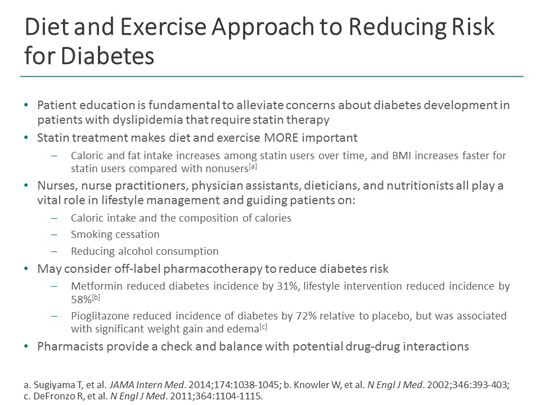

The follow-up was terminated at the time of either the HF event or at the end of the observation (10 years at maximum). The CAD incident was defined as the first hospitalization during follow-up due to acute coronary syndrome (ACS), including MI with elevated cardiac enzymes, unstable angina with documented coronary arterial lesions, coronary reperfusion procedure, or coronary arterial bypass operation.īaseline characteristics according to the statin category (moderate-intensity, low-intensity, and no statin therapy) were compared using one-way analysis of variance (ANOVA). Prevalent CAD includes myocardial infarction (MI) with elevated cardiac enzymes, angina pectoris with coronary stenosis, documented myocardial ischemia, or a prior coronary reperfusion procedure at baseline. Incident HF was defined either as death from HF (3.8% of total events) or as the first HF hospitalization during follow-up shown at the top of the hospital coding list. Prevalent HF was identified when the patient had a previous diagnosis of HF in their medical records. Prevalent and incident HF were diagnosed clinically by expert cardiologists, who are independent of the authors of the current paper. Diabetes was diagnosed at baseline on the basis of plasma glucose levels, physician's diagnosis, or history of medical treatment for diabetes. In the present study, we therefore examined the difference in HF incidence among patients with diabetes taking moderate-intensity, low-intensity, and no statins at baseline in our retrospective cohort.Ĭlinical variables and diagnosis of diseasesĪnthropometric, clinical, and laboratory data including age, sex, body mass index (BMI), blood pressure, plasma B-type natriuretic peptide (BNP) levels, estimated glomerular filtration rate (eGFR), and low-density lipoprotein (LDL) levels using the Friedewald formula were obtained at baseline. 9, 10 However, while statins have become a standard in the prevention and treatment of CAD, it is not fully understood whether and which statins are effective in the prevention of heart failure (HF). In addition to the lipid-lowering capabilities, statins seem to have pleiotropic effects that could affect cardiac remodeling, inflammation, and oxidative stress. 6 Meta-analyses have revealed the overall benefits of statin therapy for CAD prevention, especially in those with moderate or high cardiovascular risk. Trials with statins have also shown significant prevention of CAD events or mortality in patients with diabetes.

1–3 Therefore, in patients with high cardiovascular risk or with prevalent CAD, high-dose statins are recommended in the clinical guidelines. Clinical trials in patients with high risk for coronary artery diseases (CAD) have demonstrated that high doses of statins lead to a significant reduction in mortality and morbidity.


 0 kommentar(er)
0 kommentar(er)
